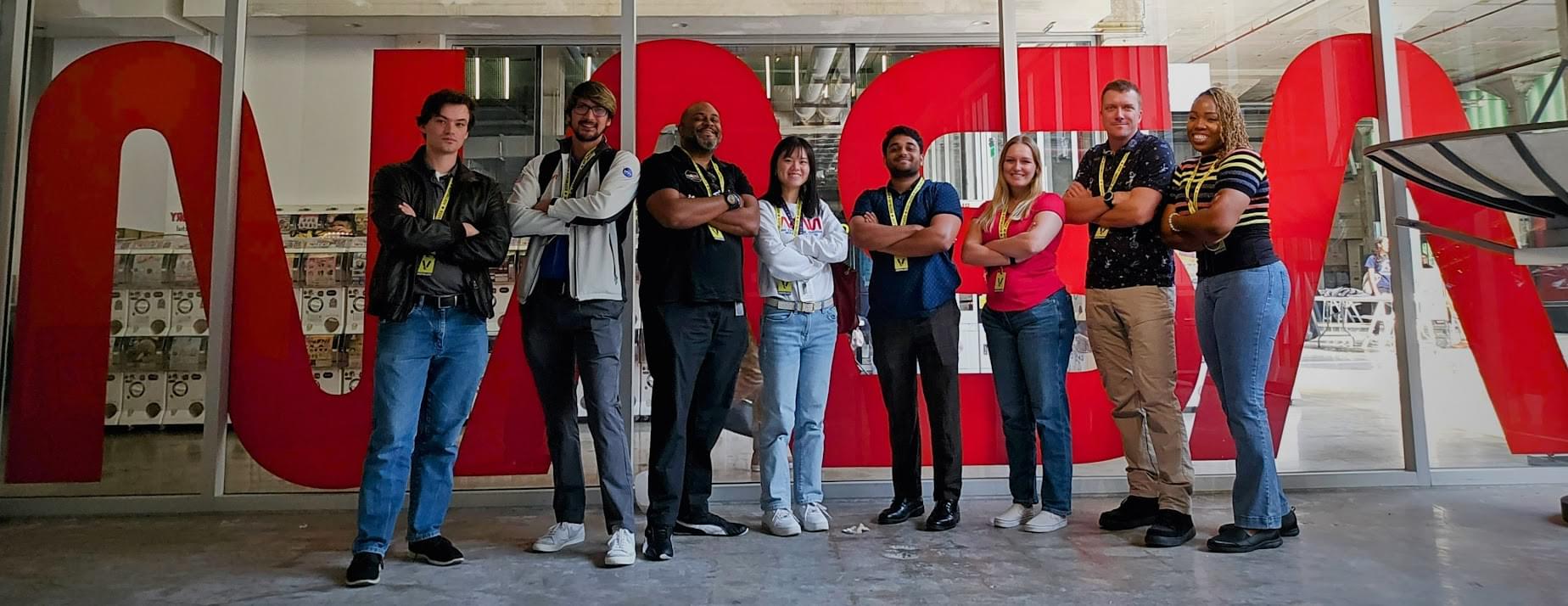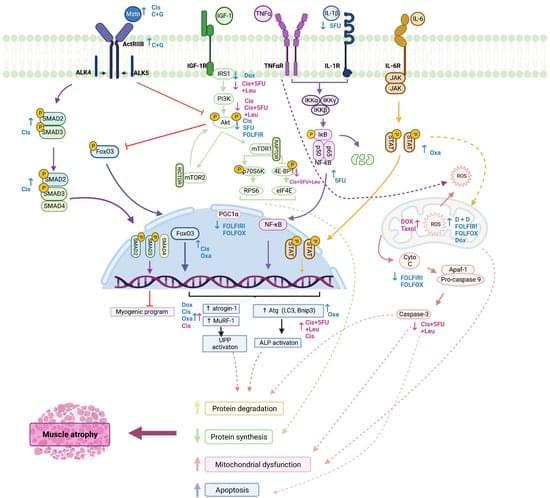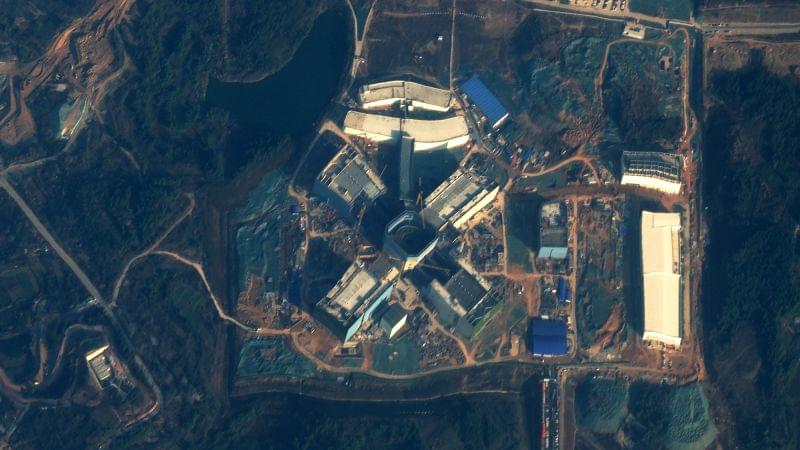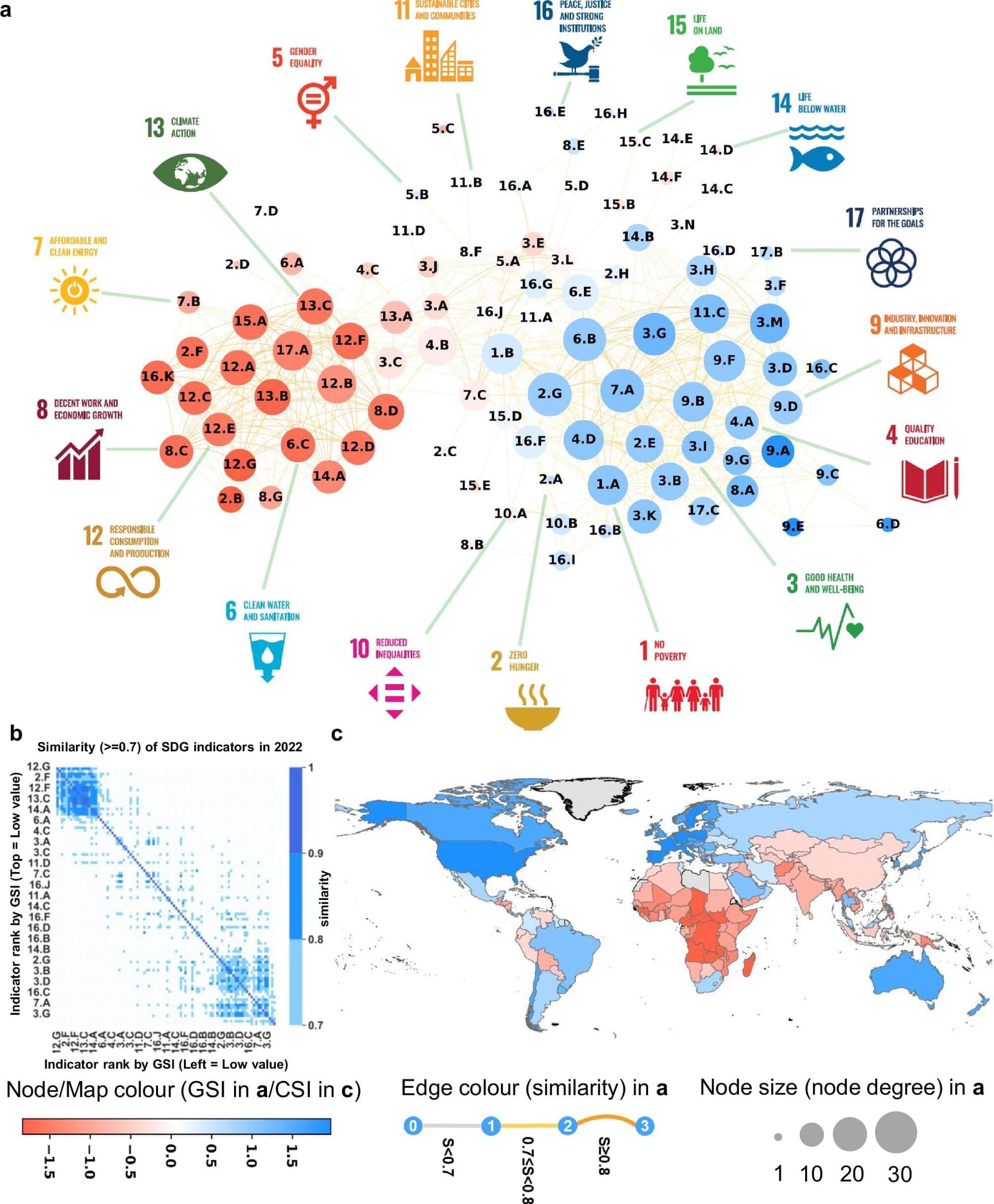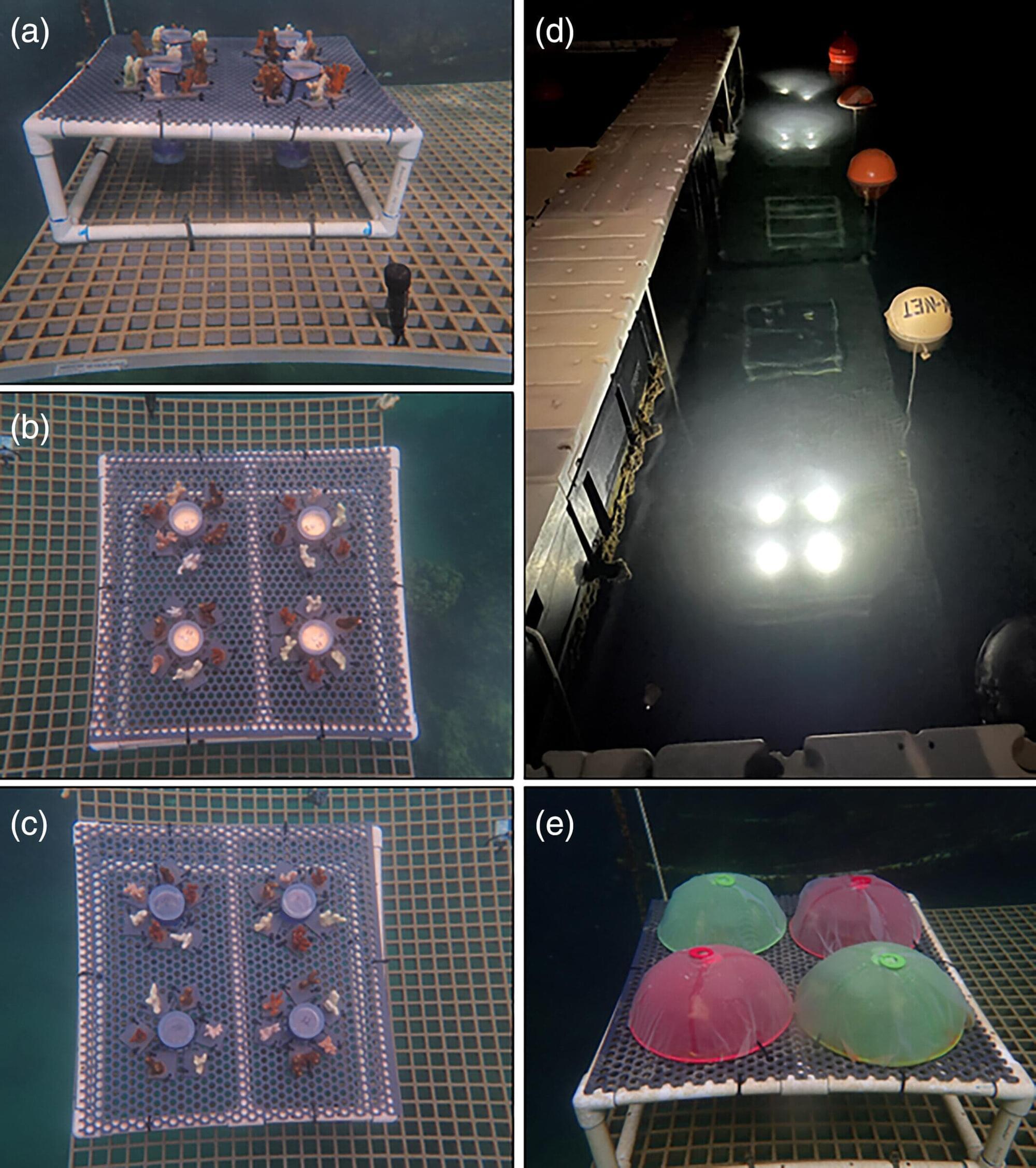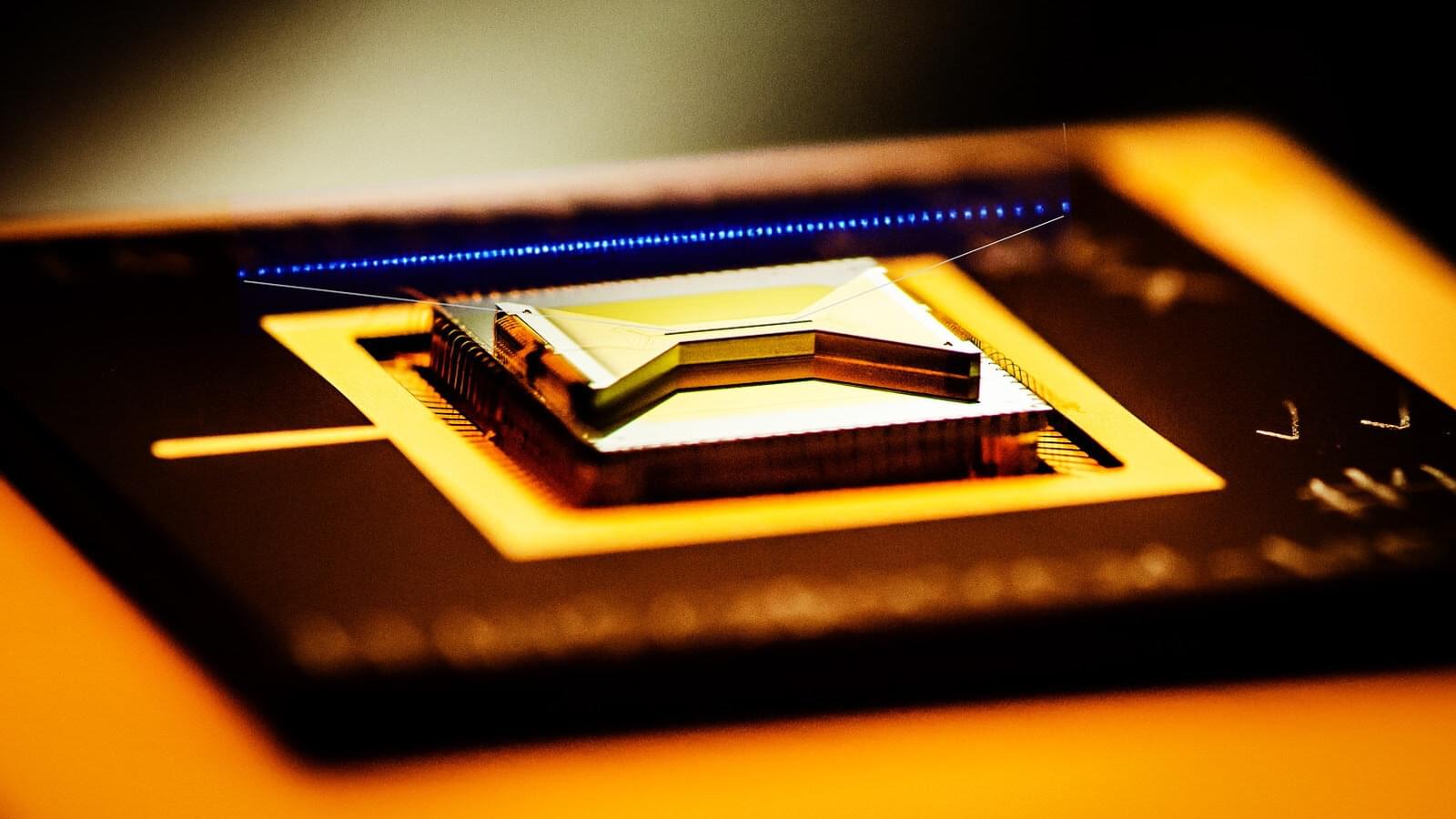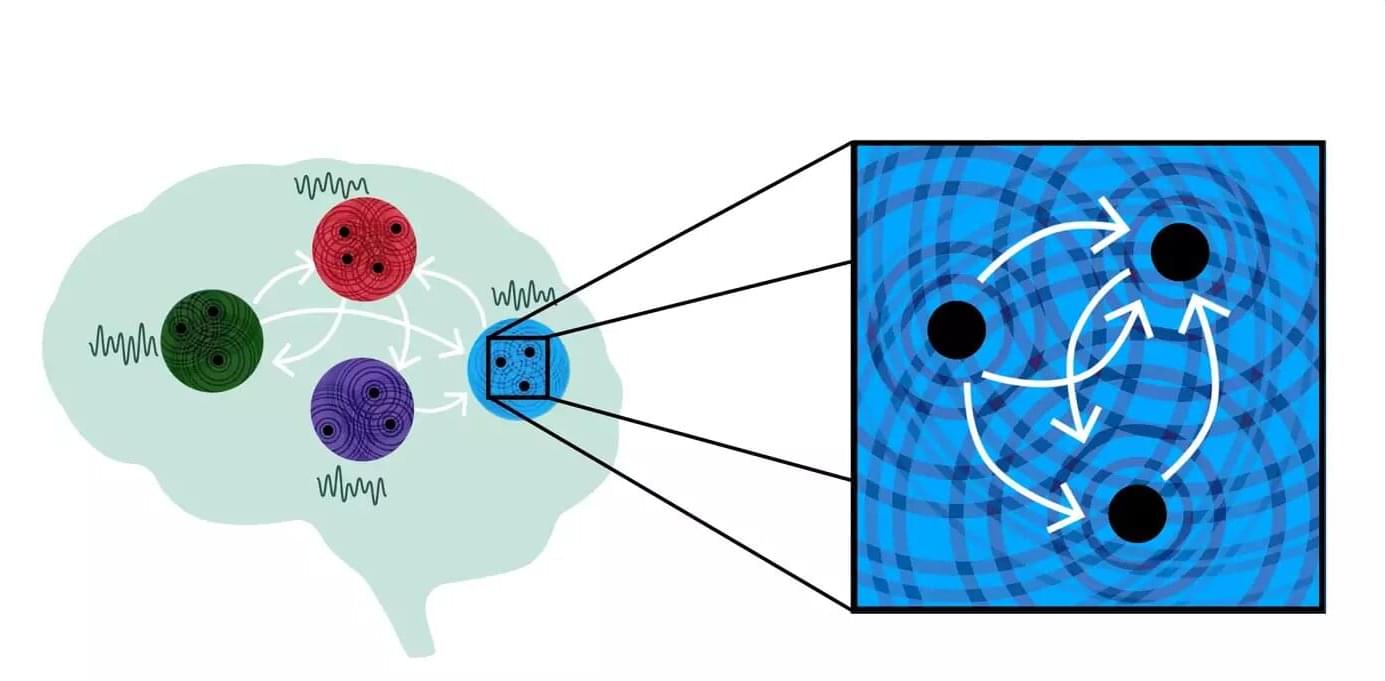Crowdsourcing treatments that work — yael elish — CEO & founder, stuffthatworks.
Yael Elish is CEO and Founder of StuffThatWorks (https://www.stuffthatworks.health/), a company that offers an online platform where people suffering from chronic diseases can share information to learn which treatments work best for their specific condition, based on the experience of their peers combined with a smart, AI-based crowdsourcing system.
A passionate entrepreneur with expertise in crowdsourcing and consumer-facing products, Yael was on the Waze founding team, where she drove the overall product strategy that led the company from User One to one of the world’s most notable crowdsourcing endeavours. She also co-founded eSnips and NetSnippet, and was part of the senior management team that took Commtouch to its successful NASDAQ IPO in 2000.
Prior to Commtouch, Yael led the sales and marketing efforts for various start-ups in Israel.
Yael holds a first degree in Foreign Relations from the Hebrew University of Jerusalem, Israel.


